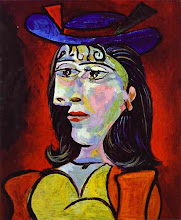
My 4th graders can't get enough of this book. They whine. They plead. They sulk if we don't read it.
Luke is a third child in a resource-scarce society that allows only two children per family, so he spends his days in hiding. Officially, he does not exist. He has met no-one except his mother, father, and two older brothers. When the woods that surround his house are cut down to make room for an upscale housing development, Luke is forced further in to isolation no longer allowed even to eat at the family table for fear of being seen through the window. However, the new houses bring an unexpected gift to Luke when he discovers another "shadow child" living nearby. Only this third child has no intention of remaining hidden, and Luke must decide if he is willing to step out from the shadows. This is the first book in a series of six.




